ARIADNE: ARtificial Intelligence Aided D-band Network for 5G Long term Evolution

Year 2019
Title ARIADNE: ARtificial Intelligence Aided D-band Network for 5G Long term Evolution
Strategic Areas Future Telecomms
Technologies
Radio and Wireless
The objective of ARIADNE is to analyse, design, develop, and showcase in a proof of concept demonstrator, an innovative wireless communications concept addressing networks beyond 5G, in which ultra-high spectrally efficient and reliable communications in the bandwidth-rich D-band can be dynamically established and re-configured by Machine Learning (ML)-based design and intelligent network management, in both “Line of Sight” (LOS) and “Non-Line of Sight” (NLOS) environments. Targeting ultra-reliable and scalable connectivity of extremely high data rates in the 100 Gbit/s regime at almost ‘zero-latency’, ARIADNE proposes to exploit frequencies between 110-170 GHz for access and backhaul links, taking advantage of breakthrough novel technology concepts, namely, the development of broadband and spectrally highly efficient RF-frontends in the D-band, the employment of metasurfaces to cope with obstructed connectivity scenarios and the design of ML-based access protocols, resource and network management techniques. In order to realise this vision, a novel system model will be devised, including channel modelling, waveforms, beam-forming and multiple-access schemes design and development tailored to the particularities of the D-band regime, a novel Communication Theory framework beyond Shannon will be proposed and a novel (ML-based) network optimisation approach will be formulated. IPTC-UPM participates in this project together with Telefónica I+D, as a first specific action of the JRU recently signed between Telefonica and IPTC-UPM. Its participation is mainly focused on three tasks: “D-band Antenna Design”, developed by GEA (Group of Applied Electromagnetism), and “Channel Measurements and Modeling” and “Business Models & Exploitation”, both developed by GTIC (Group of Information and Communication Technologies).



